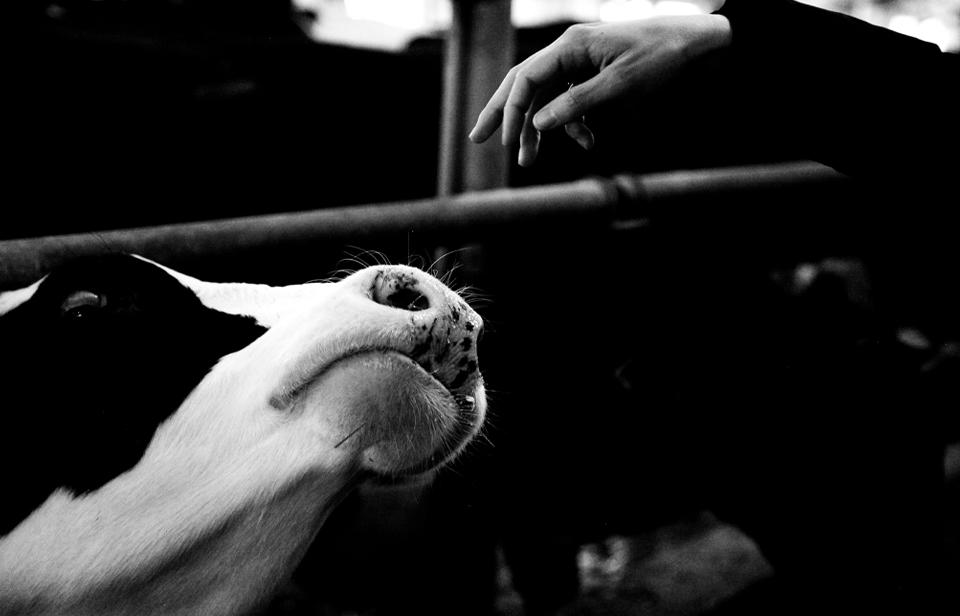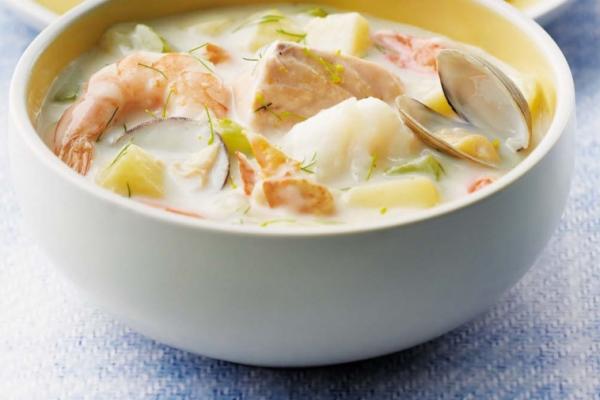Pasteurization destroys 100% of pathogenic bacteria, yeast and mould and 95% to 99% of other bacteria.
Although the sale of raw milk is prohibited in Canada, some people nevertheless believe in the virtues of this product. But is this really true?
To find out, researchers in Ontario reviewed and analyzed 40 studies on the effects of pasteurization and the nutritional value of milk. The first finding: pasteurization has a small effect on the vitamins naturally found in milk. And contrary to raw milk, which only contains a small amount of vitamin D, pasteurized milk is fortified with this vitamin, which promotes calcium absorption and plays a key role in bone health. Only levels of riboflavin, or vitamin B2, decrease significantly during the pasteurization process. Nevertheless, pasteurized milk is still an important dietary source of this vitamin.
Overall, drinking pasteurized milk is still the safest way to enjoy milk.
Sources
Brown AC. Understanding Food: Principles and Preparation, 4th Ed., Cengage Learning, 2011, Chapter 10, Milk; 214-15.
Macdonald LE et al. A systematic review and meta-analysis of the effects of pasteurization on milk vitamins, and evidence for raw milk consumption and other health-related outcomes. J Food Prot 2011;74:1814-32.









